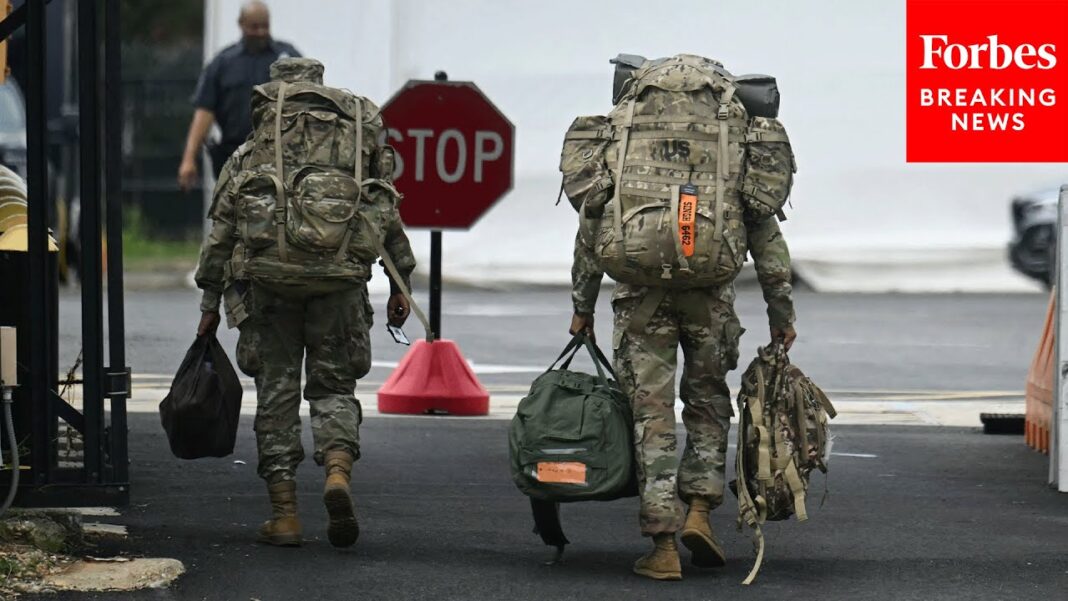Concerns are growing over dangerous maneuvers by Chinese vessels near an atoll within the Philippine Economic Zone in the South China Sea.
The United States sailed warships near the disputed Scarborough Shoal on Aug. 13, days after two Chinese ships collided while chasing a Philippine vessel in the region.
Two U.S. Navy vessels—the USS Higgins and USS Cincinnati—were spotted about 30 nautical miles off the shoal, an atoll in the middle of the South China Sea claimed by both China and the Philippines, according to Manila’s coast guard.
Jay Tarriela, a spokesperson for the Philippine Coast Guard, said at a briefing in Manila that a warship from the People’s Liberation Army (PLA) Navy of China was seen tailing the two U.S. vessels.
Earlier on Aug. 13, the Chinese military claimed that it had “driven away” the USS Higgins, accusing the U.S. guided missile destroyer of entering the country’s territorial waters without the regime’s permission, the PLA’s Southern Theater Command said in a statement.
The U.S. Navy rebutted the story from Beijing, stating that its ship was asserting navigational rights and freedoms in line with international law.
“China’s statement about this mission is false,” the U.S. Seventh Fleet said in a written response to The Epoch Times. “The United States is defending its right to fly, sail and operate wherever international law allows, as USS Higgins did here. Nothing China says otherwise will deter us.”
Scarborough Shoal, located 124 miles from the Philippines and within the country’s 200-mile Exclusive Economic Zone, is rich in natural resources and serves as a vital fishing ground for local Filipino villagers.
Since 2012, the Chinese regime has effectively taken control of the atoll as part of its broader push to assert sovereignty over nearly the entire South China Sea.
A 2016 ruling by an international arbitration court determined that Beijing lacked the legal basis for its historical claims in the area. The communist regime dismissed the ruling, ramping up its military and coast guard presence in the disputed water to reinforce its claims.
On Aug. 13, the Philippine Coast Guard reported four China Coast Guard vessels, alongside two PLA Navy vessels and six Chinese maritime militia boats near the shoal.
Tarriela told reporters at the same briefing that a Philippine Coast Guard aircraft was intercepted by a Chinese J-15 fighter jet while patrolling the area. The Chinese military aircraft tracked the Philippine aircraft for more than 20 minutes and at one point, passed directly overhead at 200 feet, he said.
The encounter came amid international concerns over the Chinese forces’ activities, which have led to an extraordinary incident in the South China Sea, a crucial global shipping lane.
By Dorothy Li







